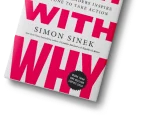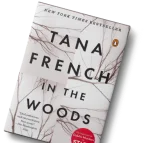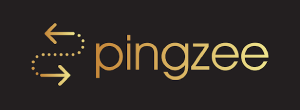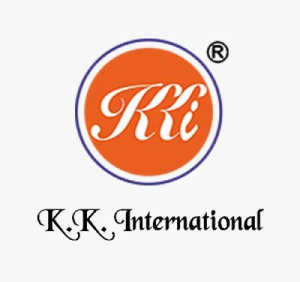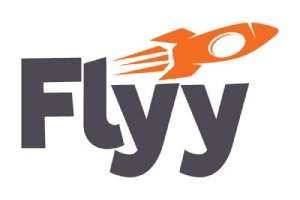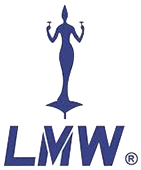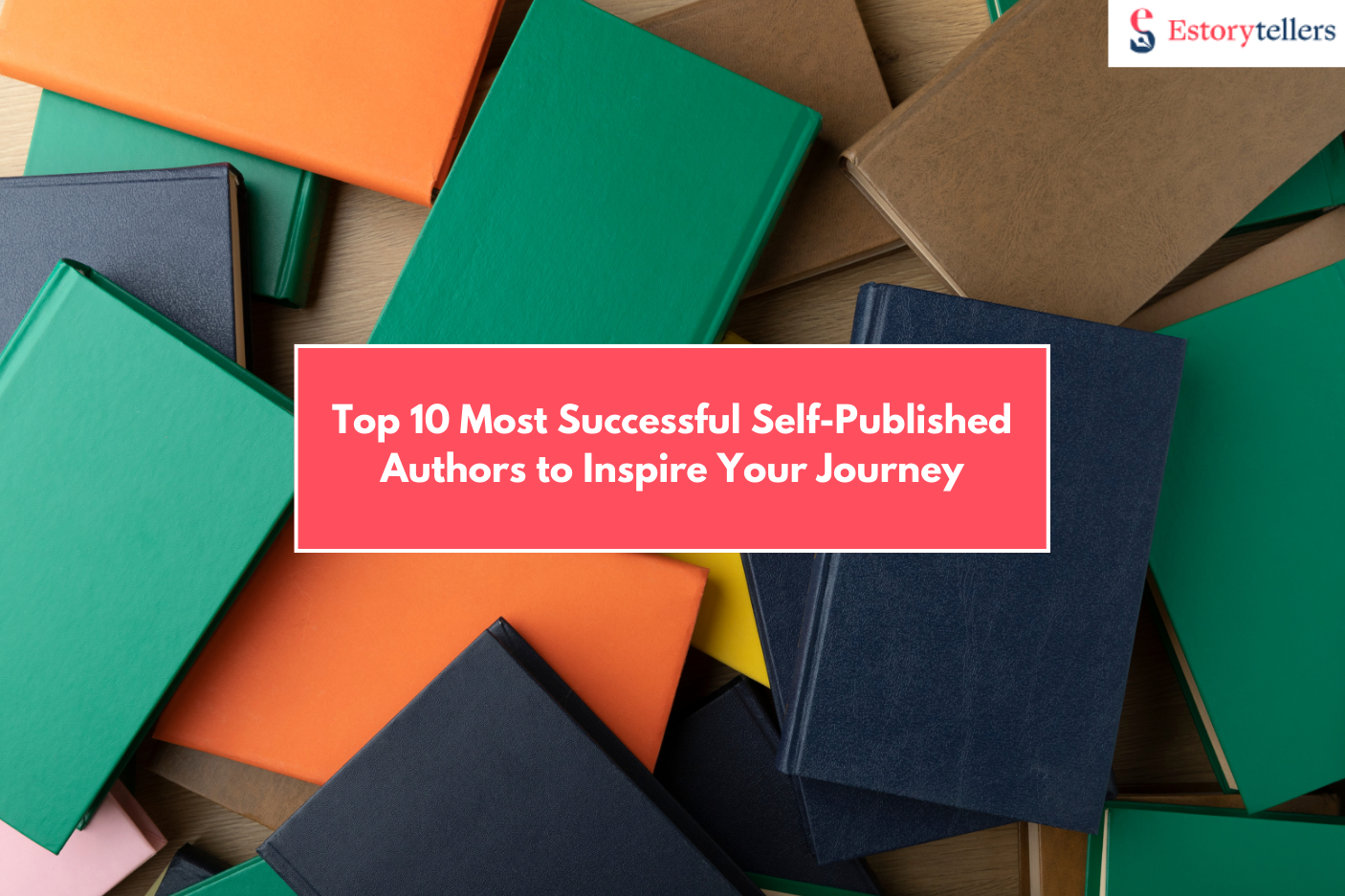
For decades, writers believed that getting published meant mailing manuscripts to big publishing houses, collecting rejection slips, and hoping for a “yes.” But self-publishing has flipped the script.
Now, authors can write, publish, market, and sell directly to readers without needing anyone’s permission. Think of it as the Netflix of books: you control the content, the release schedule, and the audience connection.
These ten self-published authors didn’t just sell books; they built brands, movements, and loyal communities. Their journeys prove that you don’t need a traditional deal to become a bestseller. If you pair creativity with a smart marketing plan (and a partner like Estorytellers to help amplify your reach), you can join their ranks.
1. Andy Weir (The Martian)
Andy Weir’s path was unconventional. Originally, The Martian was free science fiction posted chapter by chapter on his personal website. Readers asked for an eBook version, so he listed it on Kindle for $0.99.
Within three months, it sold over 35,000 copies, attracting the attention of Crown Publishing. Soon after, it became a Matt Damon blockbuster, grossing over $600 million worldwide.
Lessons for you:
- Build an audience before your book is “finished.”
- Low entry pricing can trigger massive early adoption.
- A blog, newsletter, or serialized release can double as market research.
Your Book, Your Rules
Self-publish with full creative control while we handle the technical, design, and marketing details.
Start Self-Publishing2. Amanda Hocking (YA Paranormal Romance)
Amanda Hocking wrote in her spare time while working at a group home. When publishers rejected her, she self-published 17 novels on Kindle and Smashwords. By March 2011, she had sold over a million copies and earned $2 million—purely from eBook sales.
Her secret? She targeted YA paranormal romance readers, a community known for sharing recommendations online.
Lessons for you:
- Target a niche with strong word-of-mouth culture.
- Multiple releases keep momentum alive.
- Invest in eye-catching covers that resonate with your genre.
3. Hugh Howey (Wool)
Hugh Howey released Wool as a short story in 2011. Reader demand turned it into a full series. The Kindle version exploded in popularity, and Simon & Schuster bought print rights while he kept digital rights—earning him ongoing royalties.
Now, Wool is an Apple TV+ series, showing how indie books can cross into Hollywood.
Lessons for you:
- Retain as many rights as possible—especially digital.
- Listen to reader feedback for expansion opportunities.
- Sci-fi fans love immersive worlds; give them that depth.
4. E.L. James (Fifty Shades of Grey)
What began as Twilight fanfiction became the steamy Fifty Shades trilogy, self-published as eBooks and print-on-demand titles. The series sold over 150 million copies, becoming a pop-culture phenomenon and spawning films grossing over $1 billion.
Lessons for you:
- Don’t be afraid of unconventional beginnings.
- Write unapologetically for your audience.
- Controversy can fuel curiosity—if the story resonates.
5. LJ Ross (DCI Ryan Mysteries)
Louise Ross self-published Holy Island in 2015. She handled her own editing, cover design, and marketing. By the end of the year, it was #1 on Amazon UK Kindle. Today, she’s sold over 10 million copies.
Ross writes mystery thrillers set in Northumberland, tapping into local pride and global interest in British crime fiction.
Lessons for you:
- Use regional settings as a unique selling point.
- Series fiction keeps readers buying the next book.
- Strong author branding across covers builds recognition.
Publish Without Limits
From manuscript to marketplace, our self-publishing team ensures your book shines on every platform.
Get Published Today6. John Locke (Donovan Creed Thrillers)
John Locke became the first self-published author to sell over one million eBooks via Kindle. He priced his thrillers at $0.99, coupled with a highly personal blog and direct reader engagement.
Lessons for you:
- Competitive pricing can be a major hook.
- Build a personal connection with your audience.
- Ads and cross-promotion within your own books keep sales rolling.
7. Rachel Abbott (Psychological Thrillers)
Rachel Abbott’s debut, Only the Innocent, topped Amazon’s UK chart just weeks after release. Her subsequent titles consistently rank in the top 100. She’s sold over four million copies and built a brand around high-suspense thrillers.
Lessons for you:
- Quality editing is non-negotiable.
- A compelling hook in your book description matters as much as the story.
- Target seasonal reading trends (thrillers sell well in winter holidays).
8. Lisa Genova (Still Alice)
Lisa Genova, a Harvard-trained neuroscientist, wrote Still Alice to spread awareness about Alzheimer’s. She self-published when no one would take the manuscript. After tireless grassroots marketing to book clubs and medical professionals, Simon & Schuster picked it up. The film adaptation won Julianne Moore an Oscar.
Lessons for you:
- If your book serves a cause, connect with relevant communities.
- Public speaking can become a powerful promotional tool.
- A strong emotional hook attracts both readers and media.
Own Your Publishing Journey
We help indie authors self-publish professionally without compromising on quality or royalties.
Self-Publish Like a Pro9. James Redfield (The Celestine Prophecy)
Redfield sold copies of his spiritual novel from the trunk of his car. Word-of-mouth spread through church groups and book clubs until it hit the New York Times bestseller list for 165 weeks.
Lessons for you:
- Local events and face-to-face networking can create grassroots buzz.
- Keep physical copies handy—you never know where you’ll meet a reader.
- Universal themes can appeal across cultures.
10. Rupi Kaur (Milk and Honey)
Rupi Kaur posted short poems on Instagram before self-publishing Milk and Honey. Her minimalist style, visual art, and emotional vulnerability struck a chord, selling over six million copies and redefining modern poetry’s commercial potential.
Lessons for you:
- Use social media to build a personal brand.
- Pair visual elements with your words for added impact.
- Authenticity attracts a fiercely loyal audience.
Why These Stories Matter
These authors proved that self-publishing isn’t a “last resort.” It’s a viable path to bestseller status, film adaptations, and cultural impact. They controlled their creative process, built their own audiences, and reaped the rewards.
How Estorytellers Can Help You Replicate This Success
A great book isn’t enough, it needs the right marketing push. That’s where Estorytellers comes in. Their author marketing services include:
- Custom book launch plans tailored to your genre.
- Amazon listing optimization to boost search visibility.
- Cost-effective ad campaigns that don’t burn your budget.
- Ongoing reader engagement strategies to grow your fanbase.
With Estorytellers, you’re not guessing your way to success. You’re guided by experts who’ve helped indie authors achieve bestseller rankings.
Your Story, Your Way
Self-publishing made easy design, edit, print, and market your book with expert guidance.
Launch Your BookFinal Thoughts
Self-published authors are the disruptors of the literary world proving that readers care more about story than the logo on the spine. From blog posts that became blockbuster films to Instagram poems that sold millions, the path to success is as varied as the authors themselves.
Like a street performer drawing a crowd with nothing but raw talent, your book can attract attention if you put it in the right places, in front of the right people. And with a team like Estorytellers helping you amplify your reach, your self-publishing dream can become a full-time reality.
Related Reads:
How to Self Publish on Amazon (and Actually Make Money Doing It)







